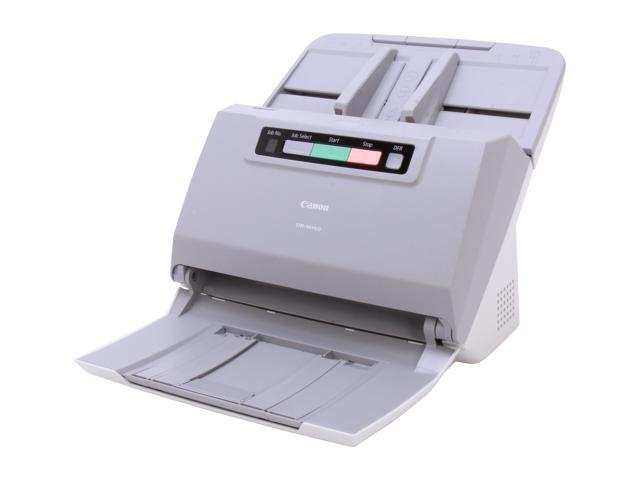Overview
ēno interactive whiteboards provide cordless interactivity with a computer using the Bluetooth-enabled ēno stylus. While the computer is projected onto the ēno interactive whiteboard, use the stylus to:
enhance presentations by enabling interaction and collaboration
navigate through documents, presentations, or websites from the whiteboard
write, highlight, and erase notes
print and save your work
ēno interactive whiteboards are made from ceramicsteel so you can also use them with dry-erase markers and magnets as well as the stylus.
Instructional Technology staff are happy to train anyone on the use of the ēno interactive whiteboard. During the session we will install the required software, pair the stylus with your computer and provide instruction on using the system. We invite anyone to request training on this system. Please contact Jedidiah Rex or Adam Dinnes to schedule a training session.
Table of contents
| Table of Contents | ||||
|---|---|---|---|---|
|
Pairing the ēno stylus with the ēno receiver:
The ēno receiver connects to your computer’s USB port and pairs the Bluetooth signal with the ēno stylus. You can pair up to three ēno styli to one ēno receiver.
Power On your computer and assure that the ēno App version 3.0 or higher has already been installed. This software will be installed on your machine during the required training session..
Connect the ēno receiver to a USB port on the your computer.
Power On the ēno stylus by removing the cap.
Wait for the stylus LED to blink green once every three seconds.
Press and release the Pair button on the ēno receiver to pair the Bluetooth signal with the stylus.
While the ēno receiver searches for the ēno stylus Bluetooth signal, a status message appears on the computer screen and the LED on the ēno receiver flashes green.
If pairing is not successful, a status message appears on the computer screen.
If pairing was not successful, you can try to resolve the problem by removing the ēno receiver from the USB port, waiting five seconds, and reinserting it before attempting the pairing process again.
If pairing was not successful, refer to the Stylus LED status and troubleshooting section on page five.
After pairing is successful (within 30 seconds), the status message on the computer screen indicates that ēno is ready to use and the ēno receiver LED changes to a solid blue color.
To use the stylus as your mouse for controlling the host computer from the whiteboard:
Tap the Mouse icon on the icon strip.
Or tap the File icon on the icon strip.
To double-click, tap twice rapidly. Be sure to tap twice without moving the stylus.
To type, tap the Keyboard icon for access to your computer operating system on- screen keyboard. Refer to “Using the on-screen keyboard” on page 27 of the full User Guide.
For a right-click (Windows) or control-click (Macintosh), tap and hold the stylus tip (without moving it) on the whiteboard for one second.
To open the folder on your computer where you last saved an ēno snapshot file, tap the File icon.
To pass the “back” or “forward” command to the active application, tap the Left or Right arrow icons.
To pass the undo or redo command to the active application, tap the Undo or Redo icon.

